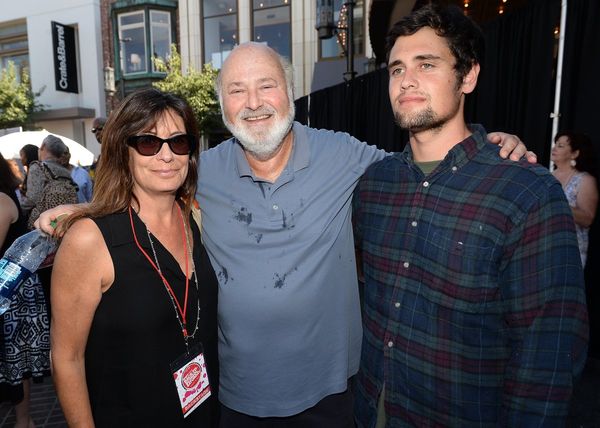The Reserve Bank will end its $350 billion bond--buying program on February 10, amid much better-than-expected economic data and rising inflation.
The RBA has been buying $4 billion a week of Australian federal and state government bonds in an effort to keep interest rates very low.
It was leaning towards winding down that program by May, but much stronger-than-expected employment and inflation data last month have prompted it to move earlier.
However, RBA governor Philip Lowe was keen to emphasise that the end of bond-buying did not signal an imminent increase in the official cash rate target, which remains at a record low 0.1 per cent.
"Ceasing purchases under the bond purchase program does not imply a near-term increase in interest rates," he noted in his post-meeting statement.
"While inflation has picked up, it is too early to conclude that it is sustainably within the target band.
"There are uncertainties about how persistent the pick-up in inflation will be as supply-side problems are resolved.
"Wages growth also remains modest and it is likely to be some time yet before aggregate wages growth is at a rate consistent with inflation being sustainably at target.
Most economists had expected the RBA to can its bond buying program this month, so Dr Lowe's words had more effect on markets than the RBA's actions.
The continued emphasis on the board's patience before considering a rate rise was enough to knock about 0.4 cents off the Australian dollar to 70.34 US cents shortly after the 2:30pm AEDT announcement.
Rate rise likely this year
However, nothing Dr Lowe said has changed most analysts' expectations that the Reserve Bank will find itself lifting interest rates this year, with August becoming a commonly tipped month for lift-off.
KPMG's chief economist Brendan Rynne is a little more conservative, but still expects the RBA will raise interest rates before the year is out, probably in November.
"With official inflation data rising, consumers' day-to-day experiences of current living costs escalating, and a severe tightening in Australia's labour market, it's likely this theme of wage restraint will buckle fully this year," he warned.
"Under such a scenario the RBA will need to step in with restraining cash rate hikes."
It would be the first official cash rate rise since November 2010.
RateCity analysis reveals that more than 1.1 million first home buyers have taken out loans since then, a large cohort who have experienced nothing but falling official interest rates.
As for how far the cash rate might rise from its current record low of 0.1 per cent, forecasts range from 1.25 per cent to potentially more than 3 per cent.
"We see the cash rate at 0.75 per cent by November 2022, rising to 2 per cent by the end of 2023," forecast ANZ's chief economist David Plank.
With the average new owner-occupier mortgage rising from $363,421 in November 2010 to more than $600,000 now, borrowers could be in for a shock.
If ANZ's forecast is correct, the average recent new borrower on a variable rate home loan could find themselves forking out around $1,000 a month extra in mortgage repayments.







